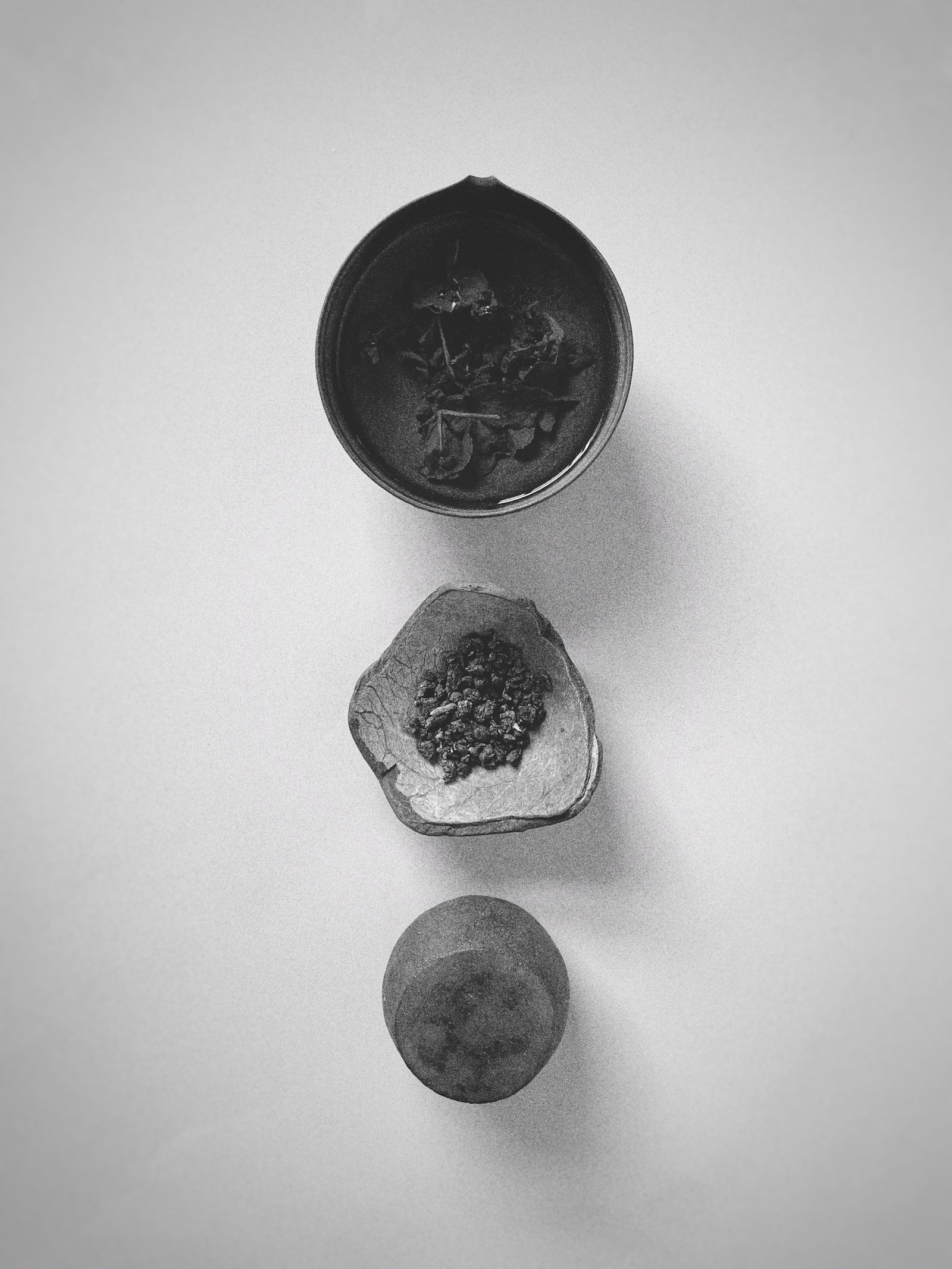Some can still be certainly surprised to learn that Japanese chanoyu 茶の湯 takes root in China, and more specifically in the Chinese diǎn chá 点茶 (whisked tea) tradition of the Song Dynasty. And they are left equally confused when they are told that Taiwan also developed their own flavor of diǎn chá 点茶, although departing from the original preparation technique born along with this tea tradition.
A particularly recent creation, Taiwan’s tea bowl “ceremony” (simply referred as cháwǎn cháxí 茶碗茶席) draws its influence from Chinese diǎn chá 点茶 and Japanese chanoyu 茶の湯, in line with and a continuation of the tea arts movement (chá yì 茶艺) that flourished in the country in the 70s and 80s. This hybrid invention was crafted as a vehicle to further promote Taiwanese pottery (and specifically tea bowls) and ceramic artists, as well as the idiosyncrasies of the island’s tea culture through dedicated gatherings, exhibitions, workshops, and training programs in tune with the times.
While most of the utensils (and their arrangement) used in this mindful ritual can find obvious parallels with those seen in a diǎn chá 点茶 practice, its contemporary approach, procedure, and philosophy resolutely cultivate an identity and attributes reminiscent of the Japanese culture and influence. Cháwǎn cháxí 茶碗茶席 sessions have indeed been designed to include a flower arrangement segment as well as four different services[1] that are performed and tailored based on the occasion, environment, and the four seasons.
The main, notable differences of this refined tea practice lie in the use of loose tea leaves (mostly oolong) instead of grinded ones (matcha) and the absence of certain utensils such as the tea whisk (chá xiǎn 茶筅), water jug (zhí hú 执壶), and bowl stand (zhǎn tuō 盏托). With the water being poured directly into the bowl from the kettle instead, a captivating, grounded, and contemplative scenery is then formed and enjoyed from different sensorial perspectives, as the leaves dance elegantly while they slowly unfurl themselves inside the cháwǎn 茶碗.
Interestingly, similarities can still be easily observed with the present-day and widely practiced form of Taiwanese gōng fu chá 工夫茶 (commonly known as gān pào 乾泡 or lǎo rén chá 老人茶) that, while being inherently Chinese, also borrows certain aesthetical elements and concepts from the two main Japanese tea traditions (chanoyu 茶の湯 and senchadō 煎茶道), which led to the emergence of an eclectic yet distinct tea culture.
Notes:
[1] The four different services: Communal chawan service (Cháwǎn fēn chá fǎ 茶碗分茶法), Cold tea service 泌涼碗茶法 (Mì liáng wǎn chá fǎ), Dragon pot service (Lóng guàn fèng chá fǎ 龍罐奉茶法), and Single bowl service (Dān wǎn fèng chá fǎ 單碗奉茶法).———
If you appreciate this piece of writing, please consider contributing to Le cerf-volant’s endeavor through a donation. Thank you for your unwavering and precious support.

